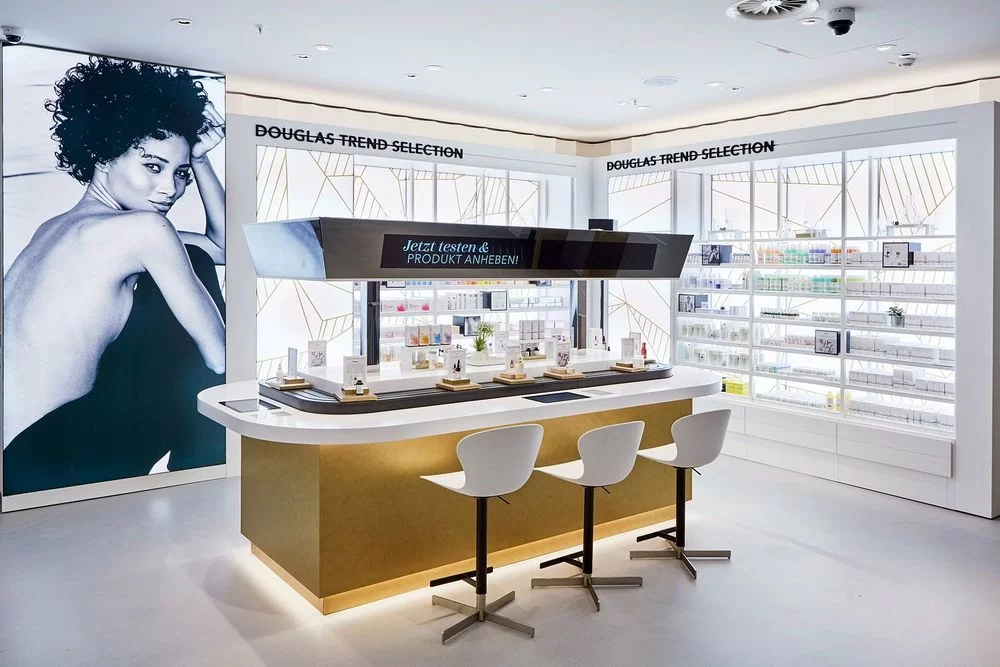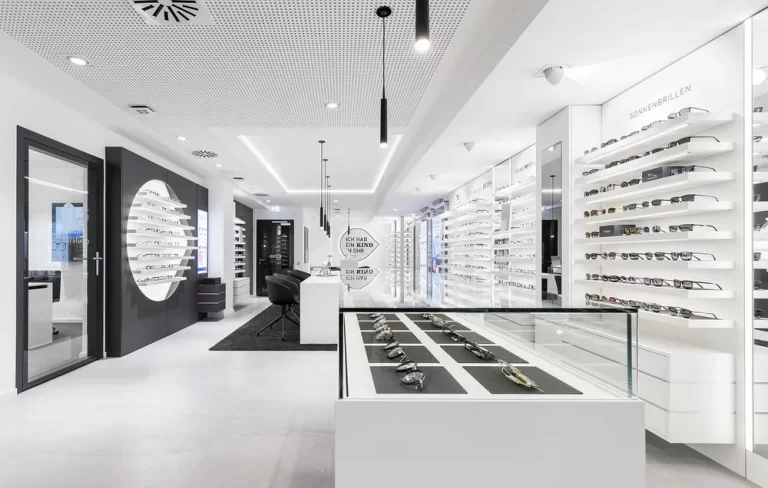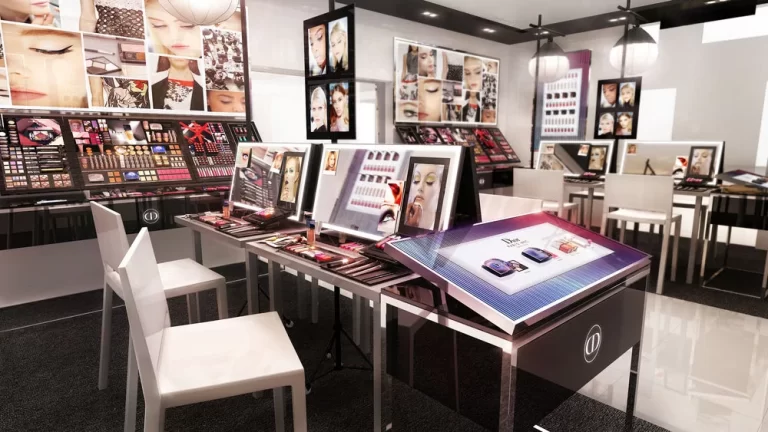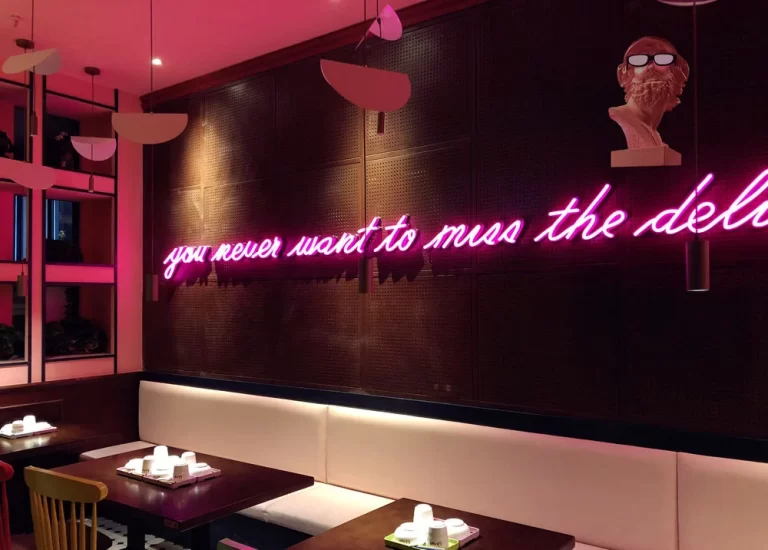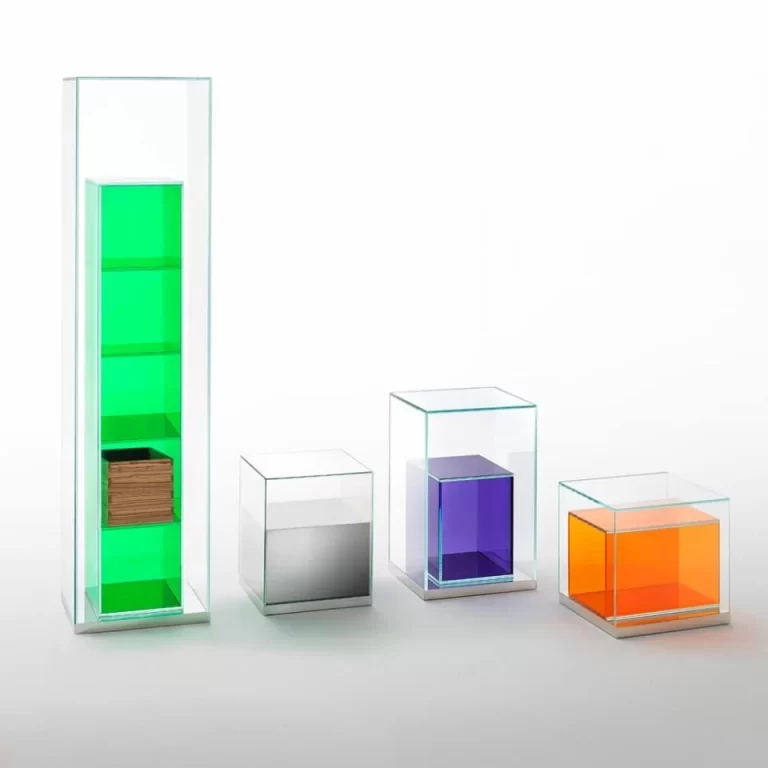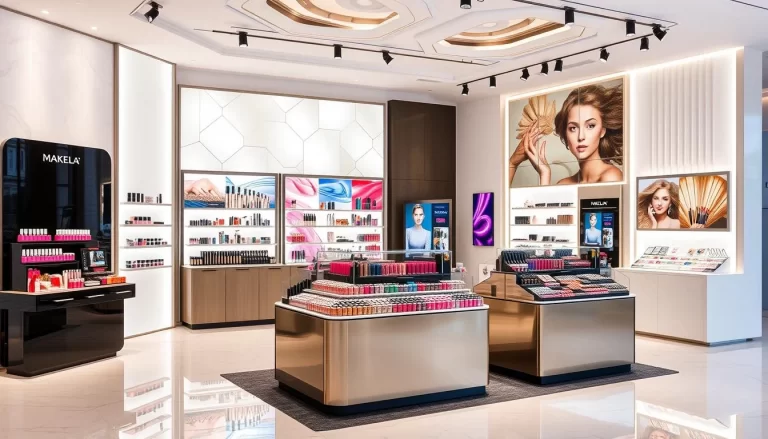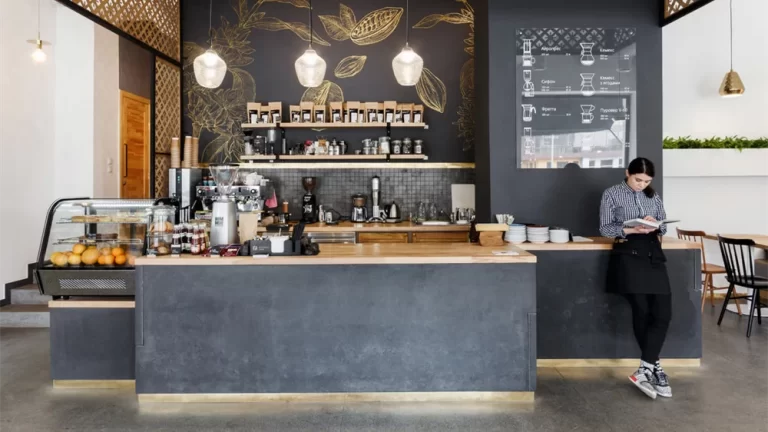Custom Cosmetic Display Supplier Solutions: Crafting a Winning Retail Strategy
In the competitive U.S. beauty market, the right cosmetic display can turn a browsing customer into a loyal buyer. Custom displays are no longer a luxury—they’re a necessity for brands aiming to stand out on crowded retail shelves. This guide explores how partnering with a custom cosmetic display supplier can elevate your brand’s visibility, ensure compliance with U.S. regulations, and deliver a seamless shopping experience.
Why Custom Displays Are Essential for U.S. Beauty Brands
The U.S. cosmetic industry is projected to reach $100 billion by 2026, with consumers prioritizing both aesthetics and functionality. Custom displays address three critical challenges:
- Brand Differentiation: Generic displays fail to convey a brand’s unique identity.
- Regulatory Compliance: U.S. laws like FDA 21 CFR and California’s Proposition 65 require stringent material safety standards.
- Sustainability Demands: 73% of U.S. shoppers prefer brands with eco-friendly packaging.
Key Considerations When Choosing a Custom Cosmetic Display Supplier
1. Design Expertise and Innovation
A top-tier custom cosmetic display supplier should offer end-to-end design services, from concept sketches to 3D prototypes. Look for:
- Material versatility: Options like FDA-compliant acrylic, tempered glass, or FSC-certified wood.
- Tech integration: Features such as LED lighting, QR codes for tutorials, or modular components.
- Portfolio diversity: Case studies in your niche (e.g., luxury skincare, clean beauty).
Example: Herbivore Botanicals increased in-store engagement by 40% using bamboo displays with embedded QR codes.
2. Compliance with U.S. Regulations
Non-compliant displays risk fines and recalls. Ensure your supplier provides:
- FDA 21 CFR documentation: For displays contacting cosmetics (e.g., lipstick testers).
- Proposition 65 compliance: Certifies materials are free from harmful chemicals.
- Flammability testing: Critical for displays with integrated lighting.
Key Takeaway: Always request compliance certificates before production begins.
3. Sustainability Practices
Eco-conscious displays align with consumer values and reduce long-term costs. Prioritize suppliers who:
- Use recyclable or biodegradable materials (e.g., plant-based acrylic).
- Offer carbon-neutral shipping and low-waste production methods.
- Repurpose offcuts into smaller accessories like sample trays.
4. Cost-Effective Scalability
Balance quality with budget through:
- Material swaps: Opt for recyclable acrylic instead of glass for a 20% cost reduction.
- Hybrid designs: Units that double as shipping containers or pop-up displays.
- Flexible MOQs: Some suppliers offer orders as low as 50 units for startups.
How Top Suppliers Compare: A Decision-Making Table
| Criteria | Premium Supplier | Mid-Range Supplier | Budget Supplier |
|---|---|---|---|
| Design Services | Full-service team + 3D prototyping | Limited templates | Pre-made designs |
| Material Options | 10+ (incl. sustainable) | 5–7 materials | 2–3 standard materials |
| Compliance Documentation | FDA, Prop 65, FSC | FDA only | None |
| Lead Time (Weeks) | 8–12 | 6–8 | 4–5 |
| MOQ | 50 units | 200 units | 500+ units |
Tip: Premium suppliers often deliver higher ROI through innovative designs that boost sales.
FAQs: Your Top Questions Answered
Q1: How much do custom cosmetic displays cost?
- Simple acrylic trays: 150/unit.
- Multi-tiered LED displays: 800/unit.
- Tech-enhanced units (e.g., touchscreens): $1,500+/unit.
Q2: Can I patent a custom display design?
Yes! Work with suppliers who sign NDAs and support intellectual property protection.
Q3: What’s the typical production timeline?
- Prototyping: 2–4 weeks.
- Production: 6–10 weeks.
- Shipping: 1–3 weeks (U.S. warehouses reduce delays).
Q4: How do I verify a supplier’s sustainability claims?
Request lifecycle assessments (LCAs) and certifications like Cradle to Cradle or FSC.
Conclusion: Partner Smart, Stand Out Boldly
Choosing the right custom cosmetic display supplier is a strategic investment in your brand’s identity and customer experience. By prioritizing design innovation, regulatory compliance, and sustainability, U.S. businesses can create displays that not only showcase products but also tell a compelling brand story.

